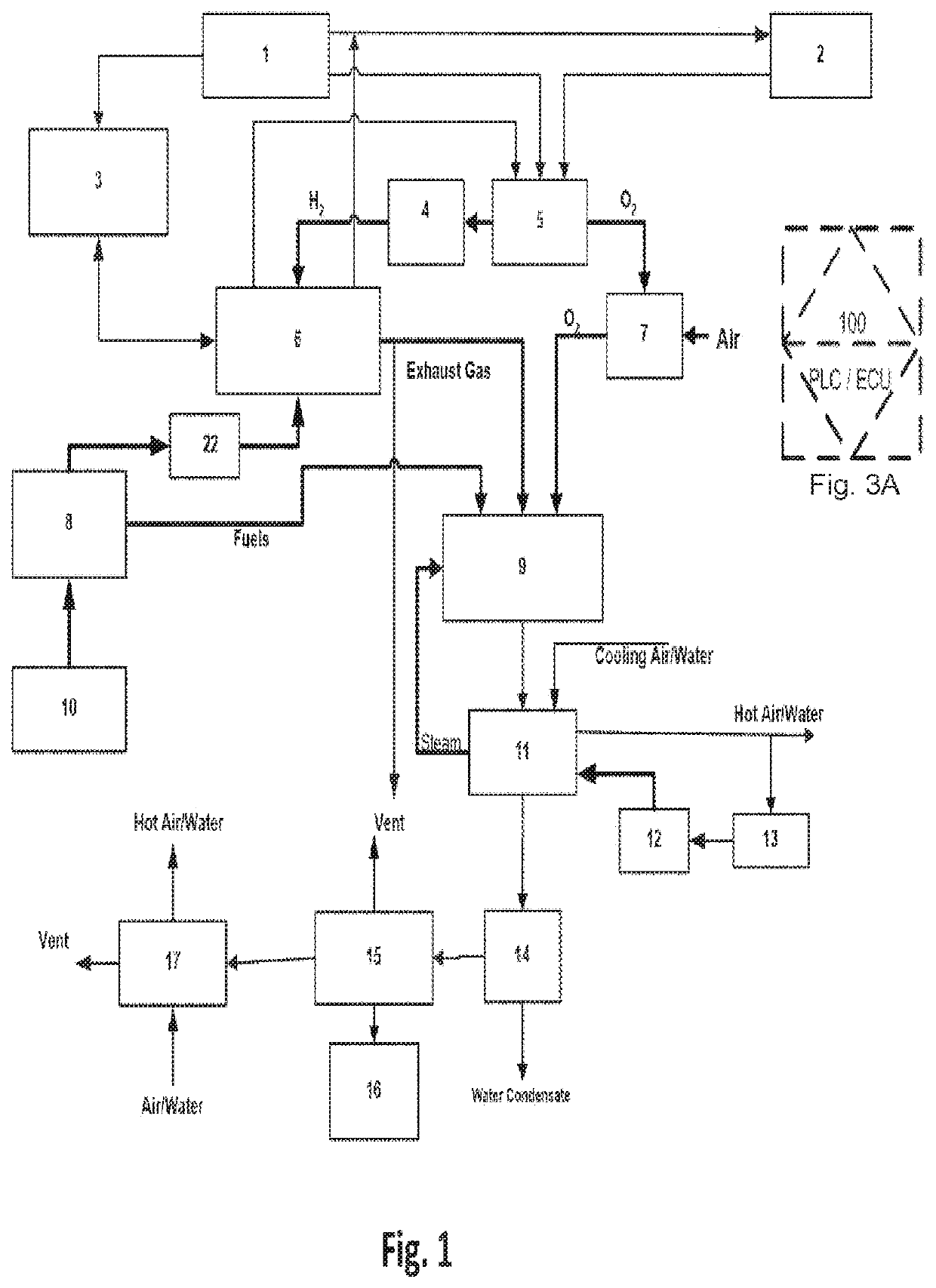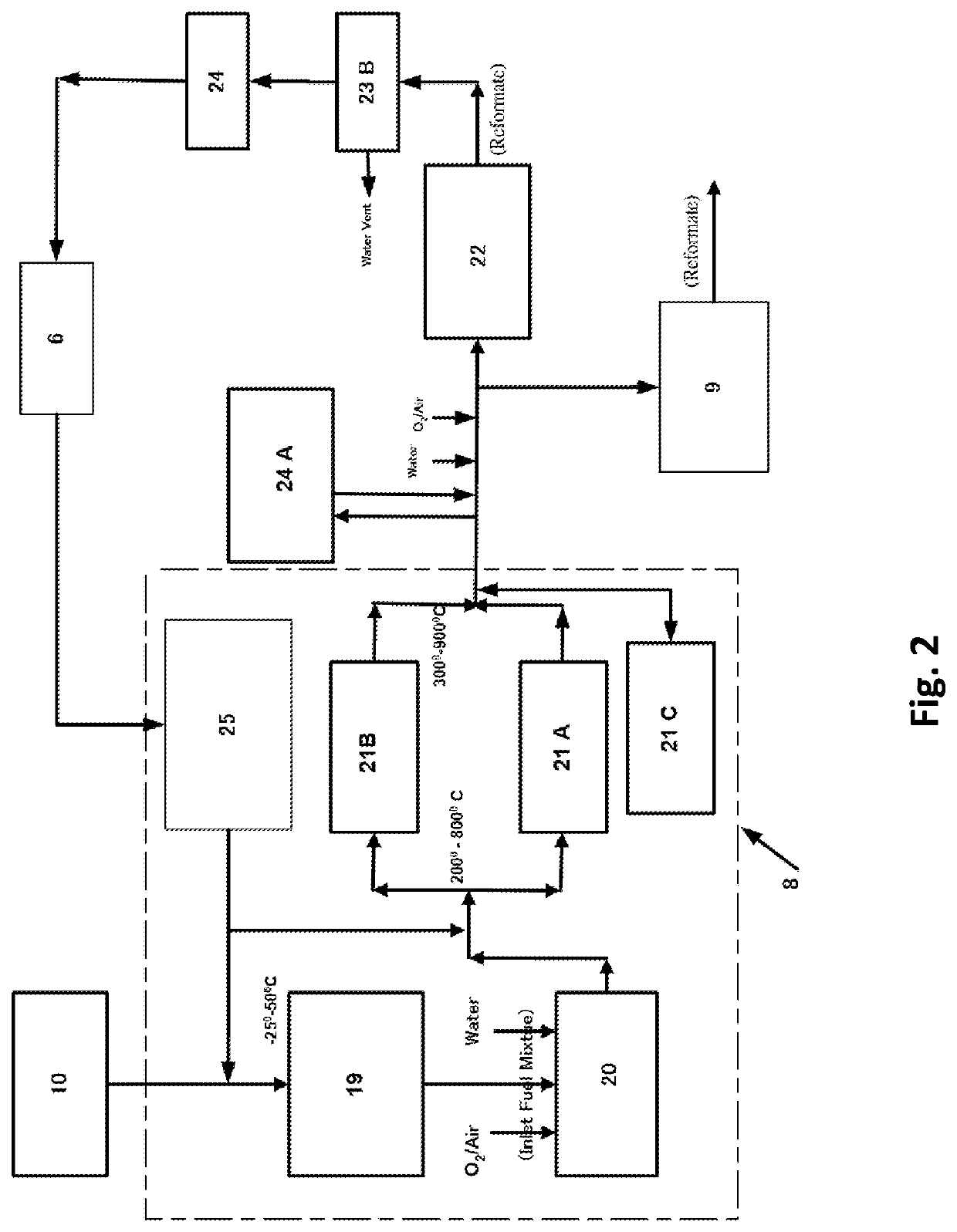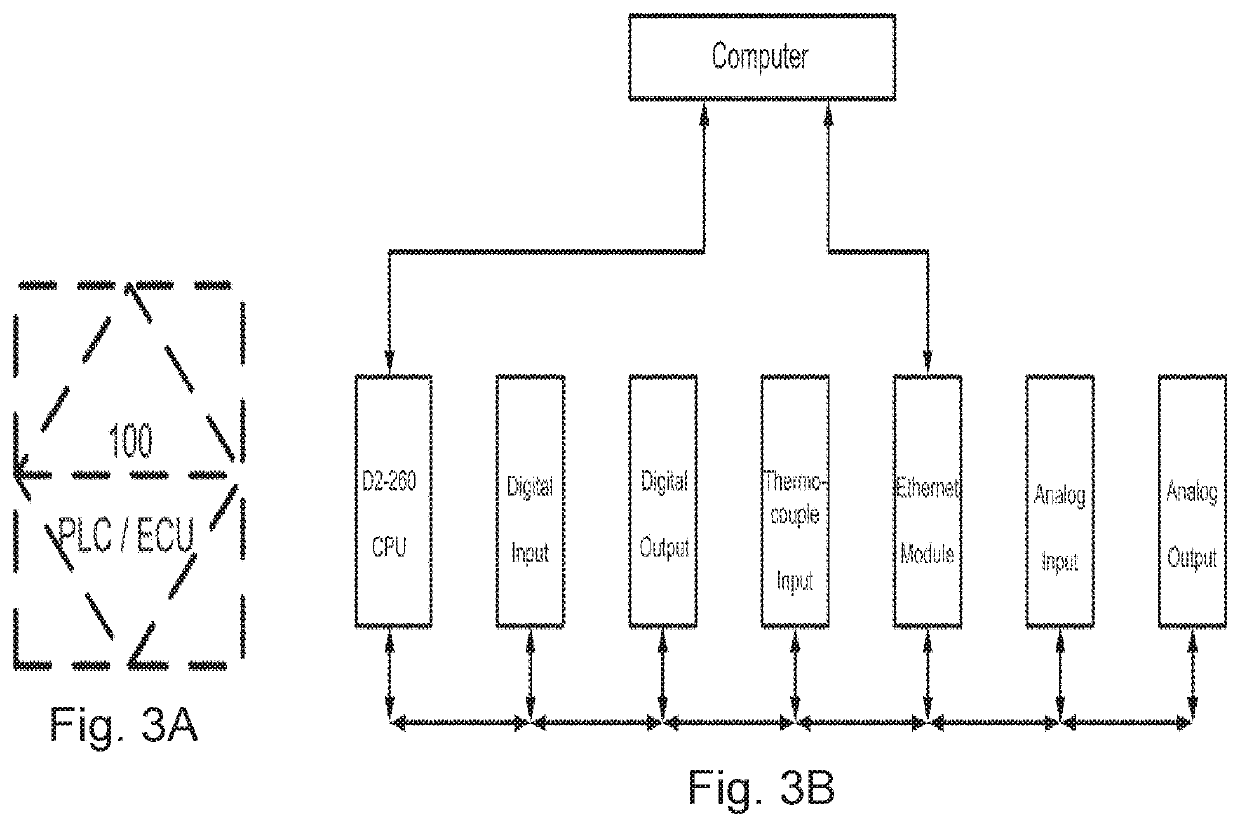Catalytic biogas combined heat and power generator
a biogas and combined technology, applied in the direction of greenhouse gas reduction, steam generation using hot heat carriers, sustainable manufacturing/processing, etc., can solve the problems of waste disposal, non-regenerability, and inability to re-generate for long-term applications
- Summary
- Abstract
- Description
- Claims
- Application Information
AI Technical Summary
Benefits of technology
Problems solved by technology
Method used
Image
Examples
Embodiment Construction
Description of the Preferred Embodiments
[0034]Because of the global warming and the abnormal worldwide weather pattern in recent years, it is wise to combine the renewable energy resources such as biogas, solar, wind and geothermal energies to cut down the carbon emission and to provide heat and electricity from biogas for daily living.
[0035]For this invention, a Catalytic Biogas Combined Heat and Power (CHP) Generator and method of operating this CHP generator comprises:
(1). one biogas storage tank at 1 to 100 atmospheres;
(2). one regenerable desulfurization system comprising:
[0036]a) one CPO sulfur converter for converting all sulfur compounds in the biogas over the supported Pt group metal catalyst into H2S at a temperature between 200° to 800° C., wherein the O2 / C ratio of the inlet fuel mixture is between 0.05 to 0.25, and the % (H2+Steam) in the gas mixture is between 0% to 20%, and[0037]b) one high temperature regenerable adsorbent bed at a temperature between 300° to 900° C....
PUM
| Property | Measurement | Unit |
|---|---|---|
| temperature | aaaaa | aaaaa |
| concentration | aaaaa | aaaaa |
| temperature | aaaaa | aaaaa |
Abstract
Description
Claims
Application Information
 Login to View More
Login to View More - R&D
- Intellectual Property
- Life Sciences
- Materials
- Tech Scout
- Unparalleled Data Quality
- Higher Quality Content
- 60% Fewer Hallucinations
Browse by: Latest US Patents, China's latest patents, Technical Efficacy Thesaurus, Application Domain, Technology Topic, Popular Technical Reports.
© 2025 PatSnap. All rights reserved.Legal|Privacy policy|Modern Slavery Act Transparency Statement|Sitemap|About US| Contact US: help@patsnap.com



